In 2021, Wine Industry Advisor increased its focus on creating original editorial content. We’ve enhanced our list of contributors to include some of the industry’s best wine writing talent, and have been able to provide you—our broad audience of professionals and enthusiasts—the latest, most important information about key topics facing our industry.
As this year comes to a close, our editorial team looked back on some 2021’s most-read articles. Topics span the spectrum—from mergers and acquisitions to wildfire; viticultural developments and data technology; and even some insightful (and at times humorous) opinion pieces.
Wine Industry Advisor would like to thank its dedicated readership. We look forward to boosting our editorial effort even more in 2022. Happy holidays and Happy New Year from our WIA family to yours. —WIA Staff

_______________________________________________________________________
—Robin Shreeves
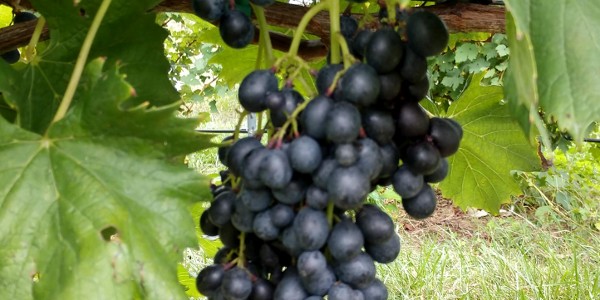
The US’s first commercial wines of the Italian grape, San Marco, are officially bottled and ready for release.
A cross between Teroldego and Lagrein, San Marco was created in 1993 by Marco Stefanini at Trentino’s Foundation Edmund Mach. It gained the immediate interest of Larry Coia, co-author of Wine Grape Varieties for New Jersey and proprietor of Coia Vineyards in New Jersey, during a visit to the region nearly a decade ago. Tasting the wine, he recognized not only the cross’s potential for high quality wine production, but that the same level of quality could be achieved back home in New Jersey’s Outer Coastal Plain AVA. READ MORE…
—Kathleen Willcox
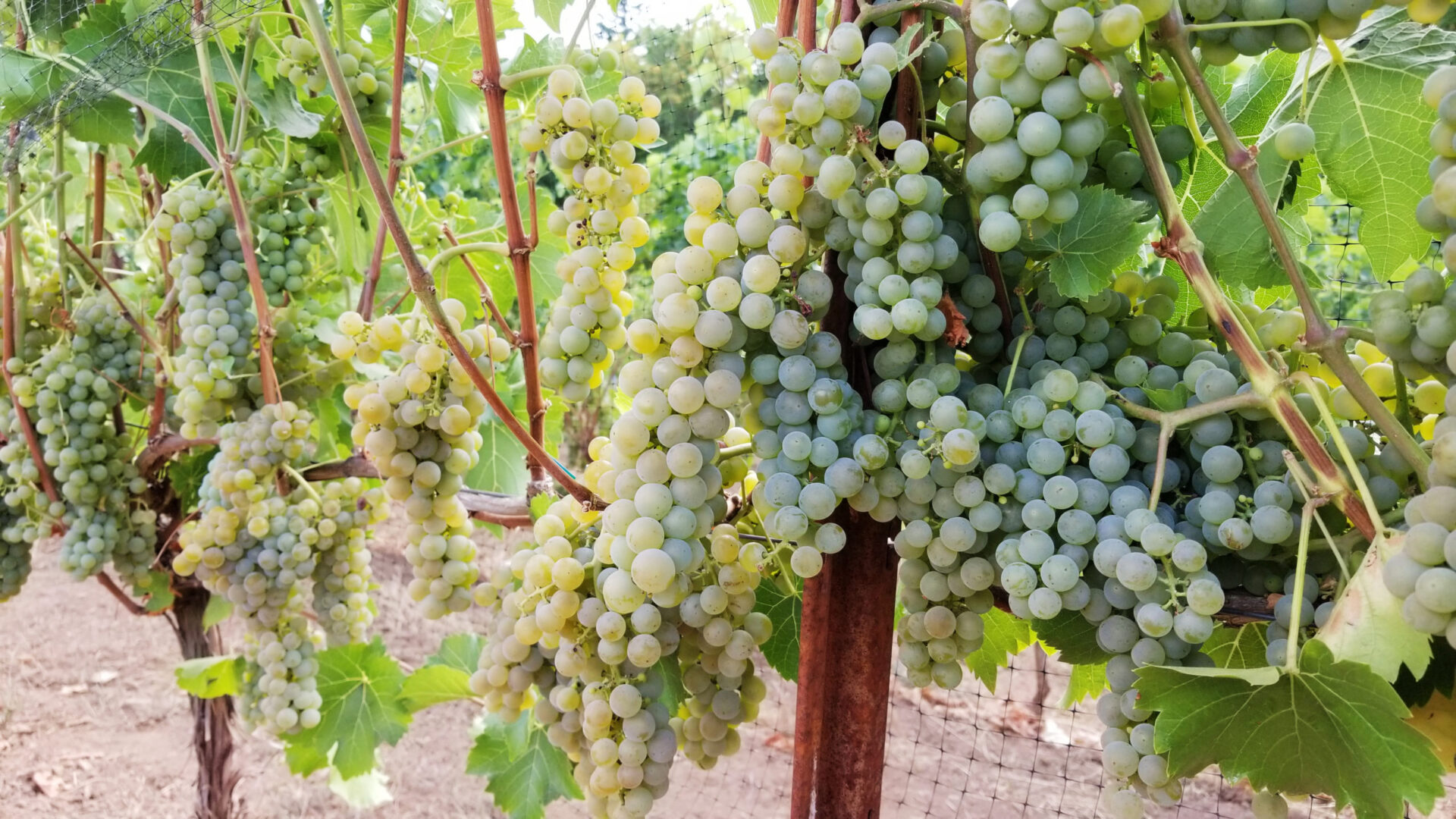
There will always be a place for conventionally produced vitis vinifera. But, in truth, more and more influential producers and consumers are looking for something with a little more soul, and a lot more edge.
Hybrids—especially in the challenging grape-growing zone of the East Coast—have become ascendant. READ MORE…
—Barbara Barrielle
The wine world raised eyebrows when, on June 24, Francis Ford Coppola Winery announced its deal-in-progress to sell Sonoma County wine properties to Delicato Wines and take a seat on the company’s board.
Both are family-held wine businesses with significant presence in the market. Delicato is known for brands like the fast-growing Bota Box and grocery store names like Gnarly Vines, Noble Vines, Three Finger Jack and Z. Alexander Brown. In Sonoma County, Francis Ford Coppola Winery has its namesake winery in the Alexander Valley AVA as well as a second facility, Virginia Dare Winery, and the 100 acre Archimedes Vineyard in the esteemed Pine Mountain-Cloverdale Peak AVA. READ MORE…
—Barbara Barrielle
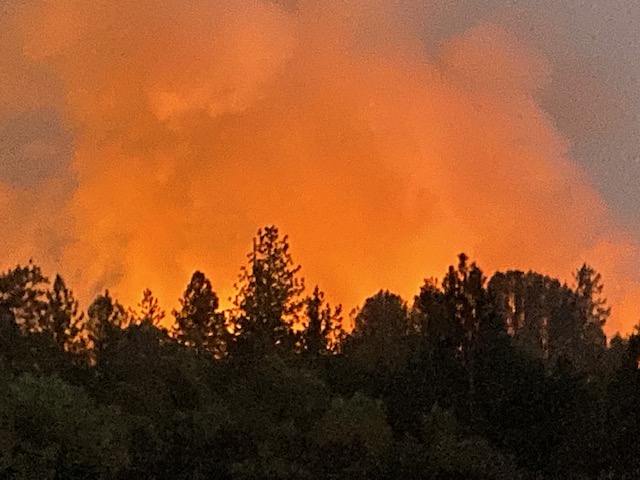
The Caldor Fire has torched 114,166 acres of El Dorado County. As of this writing the fire is only 9 percent contained, has destroyed 615 structures and damaged 29. No wineries have reported any damages or immediate threat of damage by fire.
The foreboding sense of deja vu is understandably hanging over the California wine industry as the 2021 harvest season commences. El Dorado County wineries, thankfully, remain untouched, although several areas have been evacuated or are on evacuation warning in order to keep roads clear for first responders. READ MORE…
—Jeff Siegel
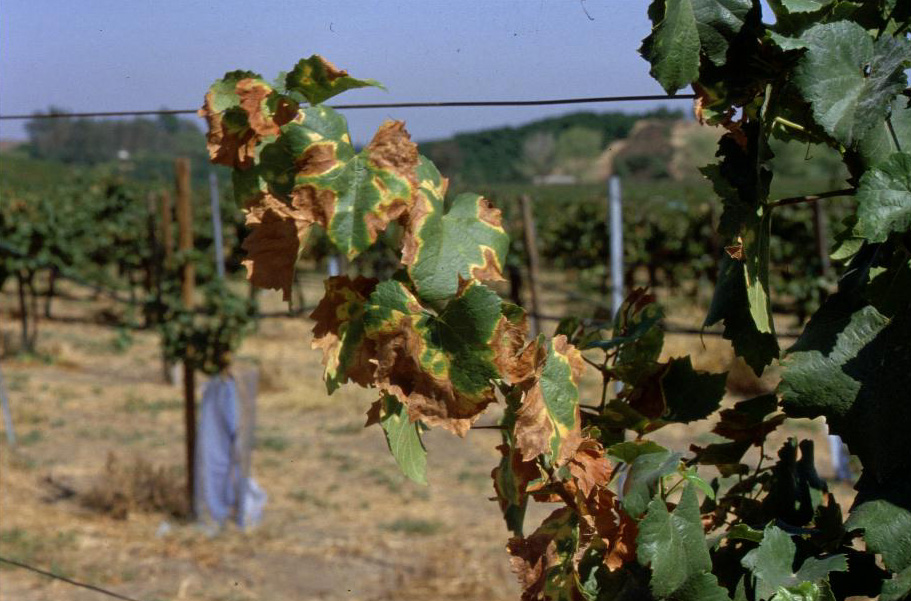
Walk around certain vineyards, whether the well-renowned regions of California or the less familiar in Texas, and there is a sight that is immediately identifiable:
Vinifera vines stripped almost completely of leaves, standing tall, but looking more like sticks than grapevines. That’s the result of Pierce’s Disease (PD), one of the two or three most deadly grapevine ailments, save for phylloxera.
Vines become infected with PD via two insects—the blue green and glassy wing sharpshooters. These pests nibble on the vine, injecting a bacteria that causes the virus. The virus then clogs the xylem, thereby limiting water and nutrient flow to the rest of the vine, thus resulting in chlorosis, scorched leaves, and eventual vine death after one to five years. READ MORE…
—Melanie Young
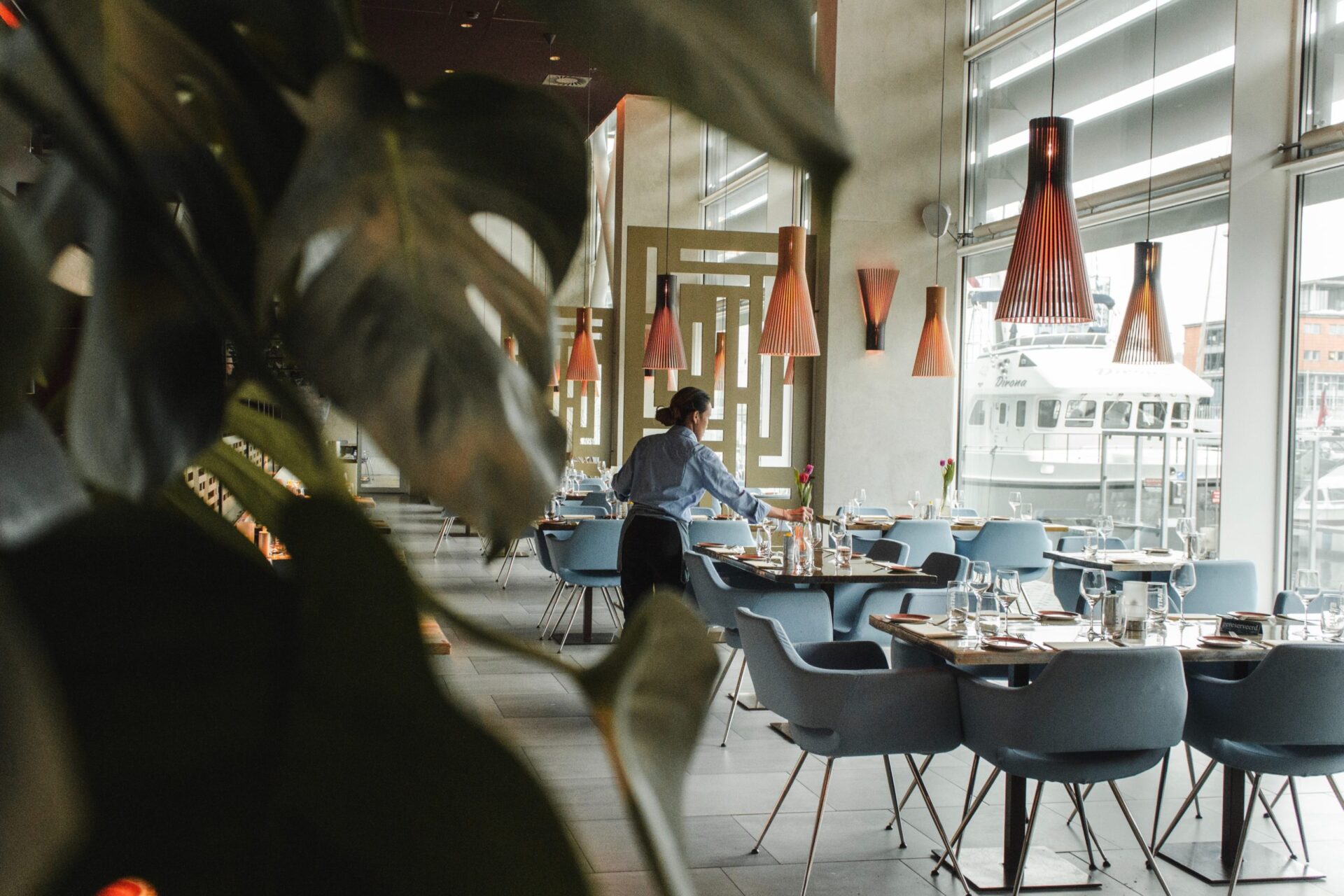
Restaurants closed throughout much of 2020 when the novel coronavirus caused a series of lockdowns. To cover the costs of lost sales and in order to continue to pay employees, the monthly rent, and attempt to stay in business, some restaurants resorted to selling much—in some cases all—of their wine inventories.
Now that restaurant and hospitality spaces are beginning to open their doors and welcome guests at full capacity, wine directors and sommeliers are looking to restock—but are significantly scaling back purchases.
So, how have restaurant wine-buyers adapted wine programs and what sparks theirs—and their customers’—interests? READ MORE…
—Jeff Siegel
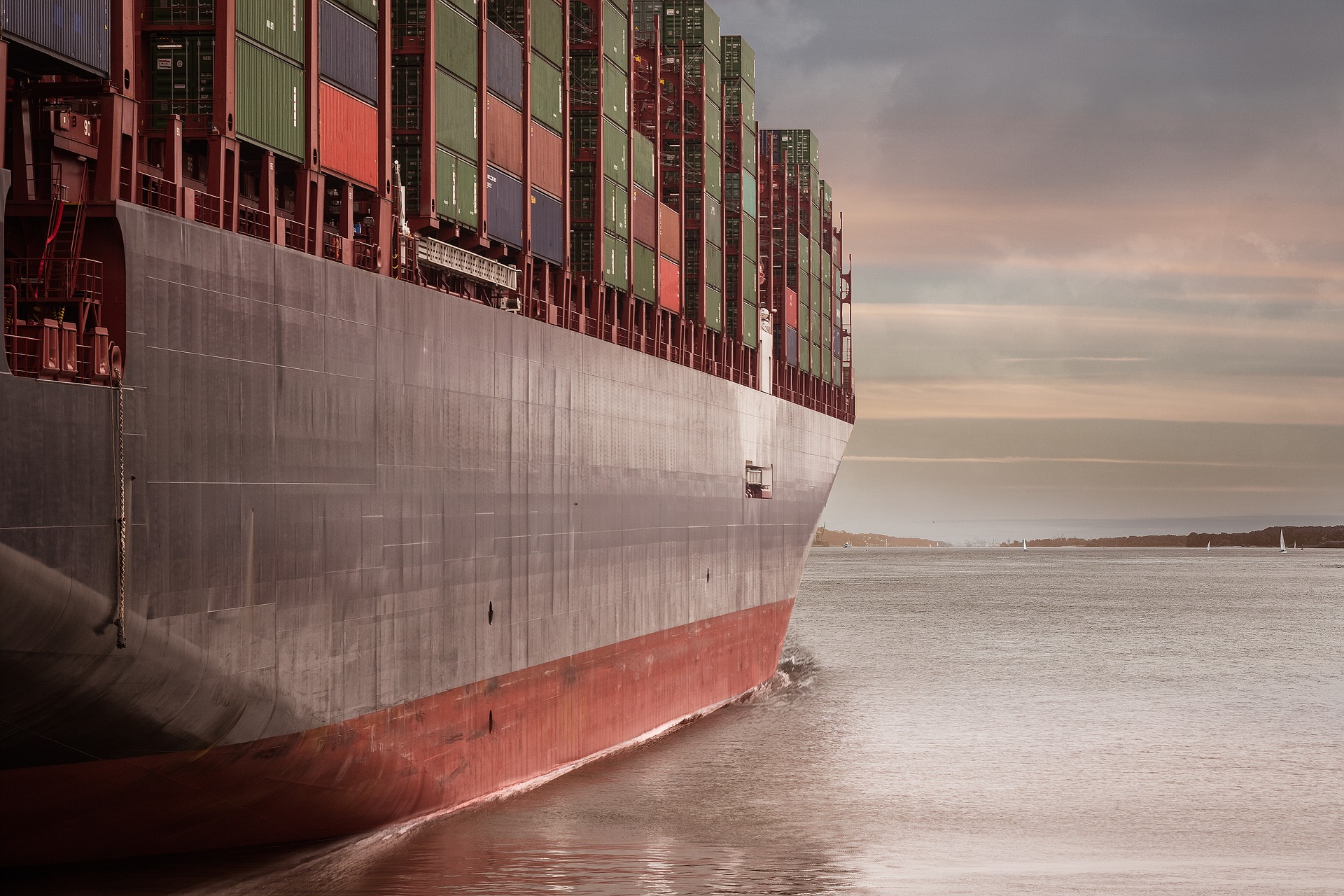
Welcome to the Great Supply Chain Kerfuffle of 2021, which has made itself felt up and down and throughout the wine business. In Texas, some wineries aren’t sure they’ll have enough bottles for the 2021 vintage. A California broker got one shipment of Australian wine in the spring, but has no idea when the next will arrive. Wholesalers in a variety of states are scrambling to get product from producer to retailer—and sometimes coming up short. Some state ABCs are weeks behind in label approval. Even wine writers have been affected: One Texas reviewer was expecting a Chilean sample in July. It showed up at the end of October.
Perhaps the most telling? In Napa, a French barrel manufacturer expected a shipment in June. Now it’s supposed to arrive in November—maybe. READ MORE…
—Robin Shreeves
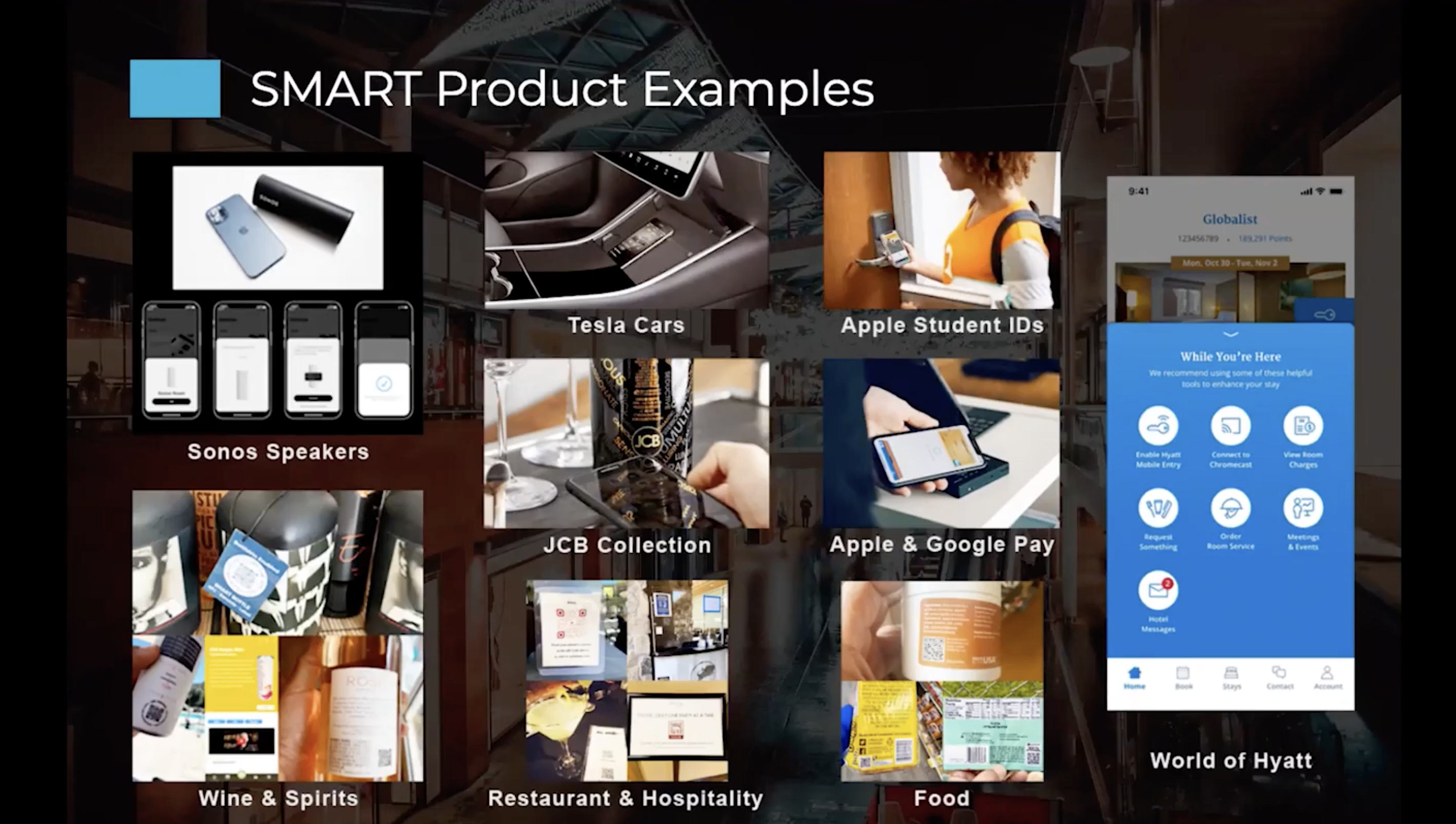
“They say the death of the QR code was announced prematurely,” speaker Ed Rice, executive director of Affinity Creative told those attending Wine Industry Network’s packXplore. The conference, held on August 25, discussed how wine brands can leverage the latest innovations in packaging technology.
Rice spoke during the Driving Consumer Engagement; Exploring the Future of Interactive Packaging session. Moderated by WIN’s president and CEO George Christie, speakers also included Jean-Charles Boisset of the JCB Collection and Paul Salcedo of BottleVin. READ MORE…
—Kathleen Willcox

The wine industry has been slower than others when it comes to normalizing the use of technology. Tech seems antithesis to the romance, poetry and culture, that’s fueled wine business for centuries. Further, mechanization—especially in terms of viticulture—is often associated by many with high-yielding, poor quality grapes producing masses of lower quality wines.
But recent innovations now allow wine growers to utilize technology without negatively affecting grape or wine quality. In fact, many result in grapes growing to full potential— despite climate-change challenges. READ MORE…
—Randy Caparoso
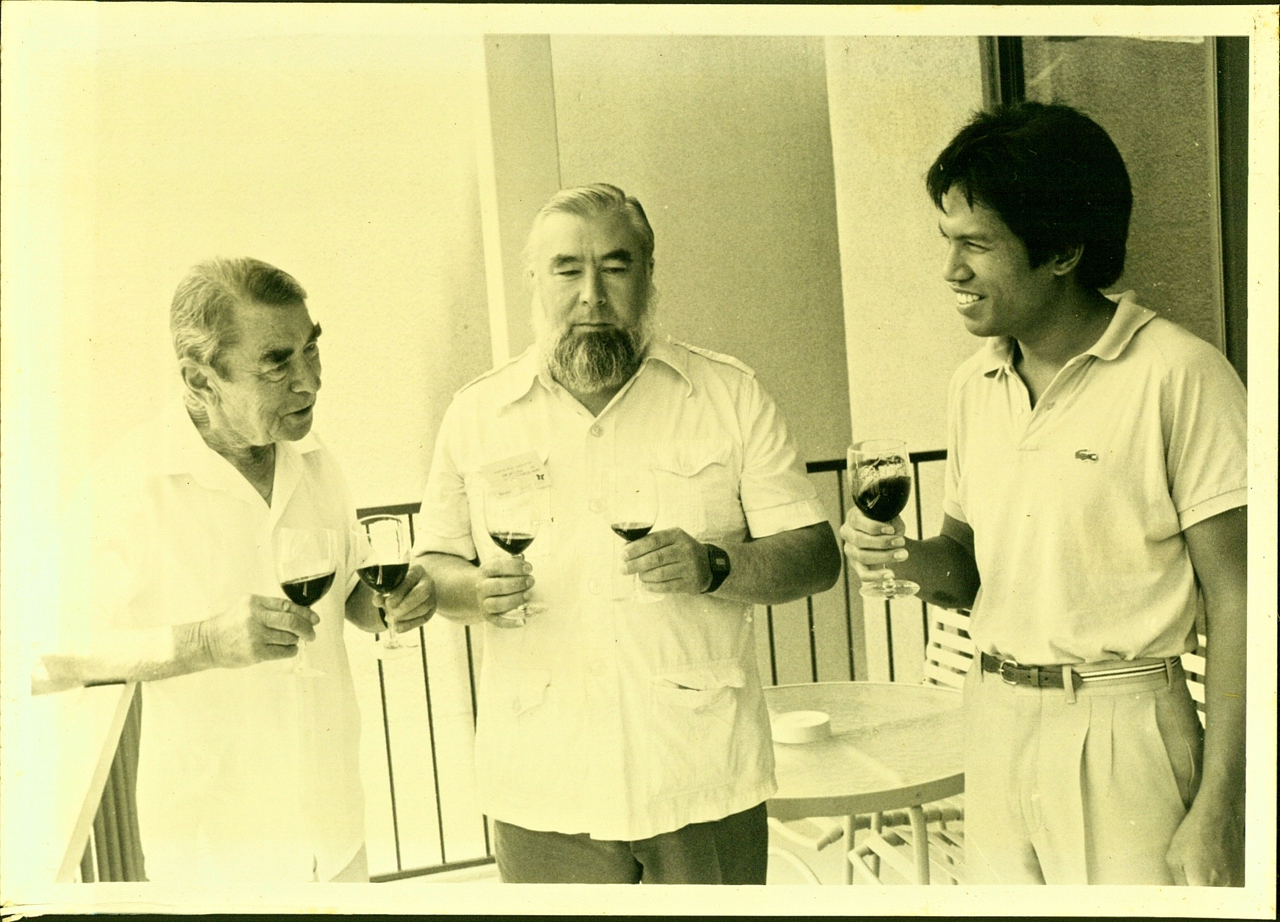
For the longest time, however, I could never understand why American wines couldn’t be understood, or appreciated, in the same way. It seems American wines have historically been made to fulfill expectations such as “varietal character,” or to reinforce sensory qualities associated with specific brands. That’s how many premium producers chalk up the “scores,” which drive wine sales.
Yet, in the US, vineyard or regional expressions, a sense of place, terroir—whatever you want to call it—typically takes a back seat. READ MORE…
—Barbara Barrielle
The Wonderful Company is involved with almost every kind of agriculture and beverage business in California.The $5 billion privately held, Los Angeles-based firm is the brainchild of husband and wife Stewart and Lynda Resnick. Wonderful includes brands like Fiji Water, Pom Wonderful juice and a dozen other companies in the pistachio, almond, citrus and—wine businesses.
Under their Fiji brand, Wonderful acquired JUSTIN Cellars in 2010, Landmark Vineyards in 2011 and launched JNSQ in 2019. Just this past August, 2021 Wonderful also acquired Lewis Cellars, a boutique, Napa-based wine estate founded by former race car driver Randy Lewis and his wife, Debbie. The winery, which produces just 10,000 cases annually, has consistently ranked high in industry wine scores and prides itself in sourcing fruit from lauded Napa vineyards. READ MORE…
—Randy Caparoso
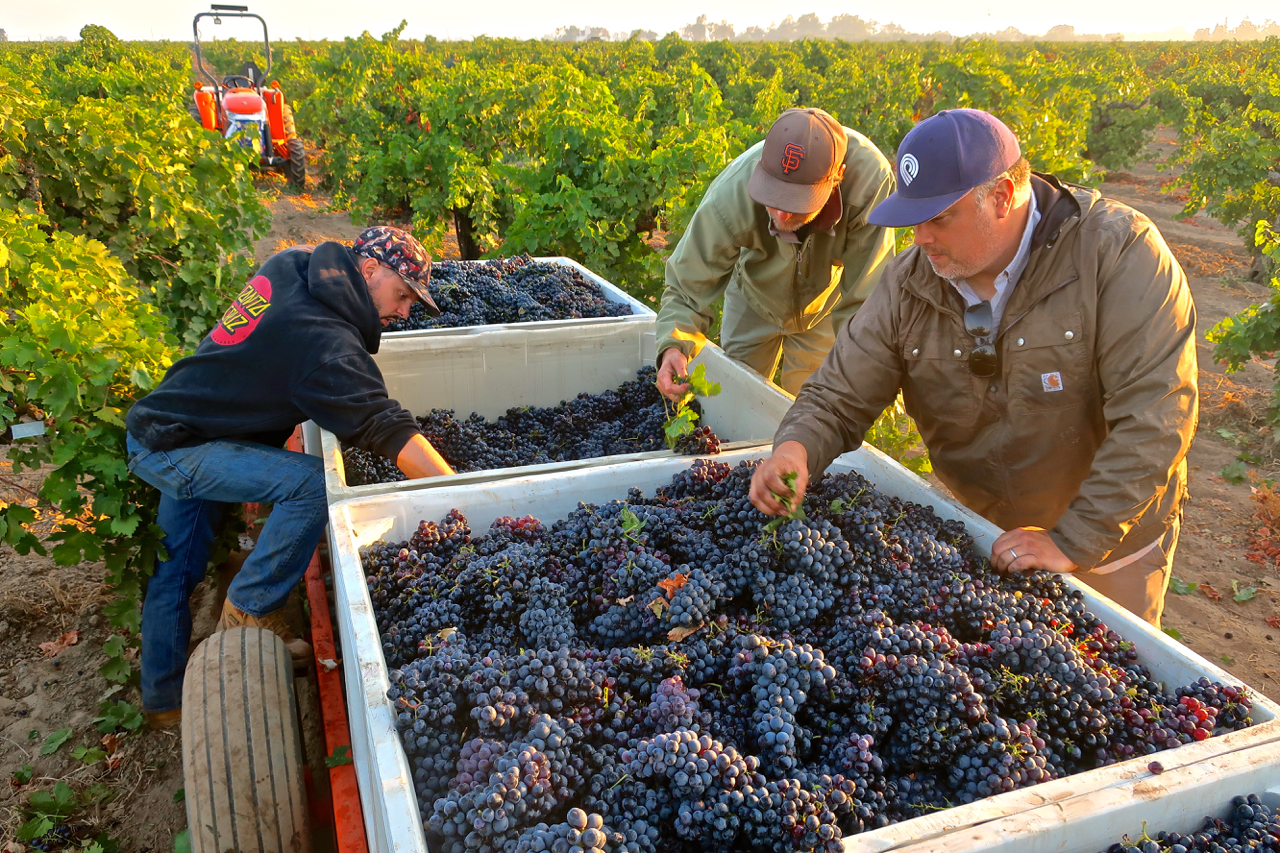
This I can say about sommeliers: Most of them hate Zinfandel.
Putting it more gently: Of all the popular varietal categories, Zinfandel is the one that sommeliers have the hardest time drumming up enthusiasm for. Sure, the cultivar has historic connotations as “America’s” grape, even though we now know it originated in Croatia. But we still consider it historical because, in the 1800s, Californians found it to be the easiest grape to grow in the state’s climatic conditions—and it produced (the most consistently) good wine.
That is a terroir-based relationship, isn’t it? Aren’t sommeliers into terroir? READ MORE…
_______________________________________________________________________
The Wine Industry Advisor is an online industry publication dedicated to editorial content relevant to the wine industry.
relevant to the wine industry.
Our mission is to be the go-to resource for wine businesses and wine professionals by providing free access to our articles, industry press releases, and daily news coverage.
We aim to produce content that is most relevant to our industry in an easy and convenient format for our readers: monitoring marketing trends, identifying opportunities for and threats to our industry, and evaluating new products and technology that advances grape growing, wine production, as well as sales and marketing efforts.
Our goal is to speak to and connect with North American wine professionals across the country, foster constructive conversation, and feature fresh innovation and the people and personalities beyond the bottle. Find out more about Wine Industry Network’s Wine Industry Advisor. Contact us at [email protected].
"industry" - Google News
December 28, 2021 at 09:00PM
https://ift.tt/3Hj7x60
Wine Industry Advisor's Top Articles of 2021 - wineindustryadvisor.com
"industry" - Google News
https://ift.tt/2RrQtUH
https://ift.tt/2zJ3SAW
Bagikan Berita Ini



















0 Response to "Wine Industry Advisor's Top Articles of 2021 - wineindustryadvisor.com"
Post a Comment